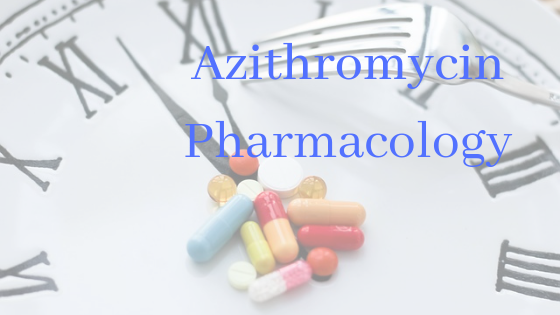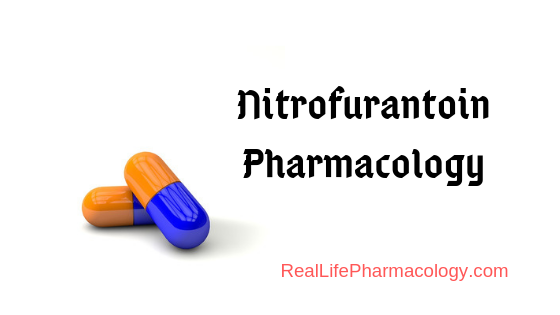Podcast: Play in new window | Download (Duration: 14:44 — 20.8MB) | Embed
On this episode, I cover azithromycin pharmacology. This drug primarily acts by inhibiting protein synthesis. It binds to the 50s ribosomal subunit.
GI adverse effects like nausea and diarrhea are going to be the most common with azithromycin.
Azithromycin has been associated with prolonging the QT interval. Drugs like amiodarone, ondansetron, citalopram, antipsychotics, and quinolone antibiotics can also prolong the QT interval.
One major advantage that azithromycin has over other antibiotics is that it has a long half life which allows for once daily dosing.
Azithromycin has numerous uses like pneumonia, MAC, alternative for ear infections in patients with a beta-lactam allergy, certain STD’s, and also is rarely used in long term COPD exacerbation prevention.
Be sure to check out our free Top 200 study guide – a 31 page PDF that is yours for FREE!


